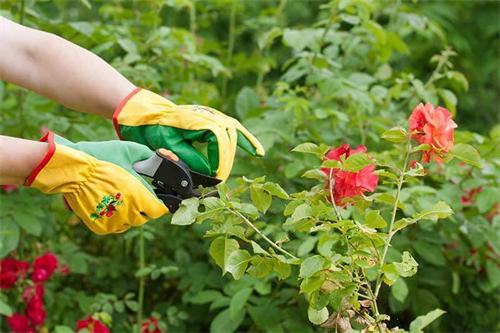
Roses are iconic symbols of beauty and fragrance in any garden, but their splendor can be quickly marred by a host of fungal, bacterial, and viral diseases. By understanding the common culprits and adopting a layered approach—combining proper cultural practices, vigilant monitoring, and timely treatments—home gardeners can keep their rose beds flourishing season after season. The key lies in prevention: selecting disease-resistant varieties, ensuring optimal air circulation, and maintaining rigorous hygiene all lay the groundwork for healthy plants. Should warning signs appear, a blend of organic and conventional interventions—ranging from neem oil sprays to targeted fungicides—can nip infections in the bud before they spiral out of control. Below, we explore the major rose diseases, offer practical prevention tips, and outline hands-on strategies to stop outbreaks early and keep your roses blooming beautifully.
Understanding the Threats
1. Black Spot
Black spot, caused by the fungus Diplocarpon rosae, is the most notorious rose disease. It presents as dark, circular spots with fringed edges on leaves, which eventually yellow and drop prematurely. High humidity and poor air circulation accelerate its spread.
2. Powdery Mildew
This fungal infection thrives in dry, warm days followed by cool, damp nights. It appears as white, powdery patches on leaves, buds, and stems. Beyond its unsightly look, severe infestations can stunt growth and distort blooms.
3. Rust
Rust diseases manifest as orange to rust-colored pustules on the underside of leaves. Left unchecked, they can cause significant defoliation. Wet foliage and crowded plantings fuel the spread of rust spores.
4. Botrytis Blight (“Gray Mold”)
Botrytis cinerea attacks blooms and buds, coating them in gray, fuzzy spores. Cool, wet weather is the perfect breeding ground. Affected petals may brown and wither, dramatically shortening the vase life of cut flowers.
5. Bacterial Canker and Crown Gall
Bacterial diseases like Pseudomonas syringae (canker) and Agrobacterium tumefaciens (crown gall) cause sunken lesions, cankers, or tumor-like galls at the plant base. These infections weaken the plant’s vascular system and overall vigor.
Prevention: The First Line of Defense
Choose Resistant Varieties
Modern breeding programs have developed cultivars with innate resistance to many common rose diseases. When shopping, look for varieties labeled “black spot resistant” or “powdery mildew tolerant.”
Site Selection and Planting
● Sunlight: Aim for at least six hours of direct sun daily to dry foliage quickly.
● Airflow: Space plants generously (at least 2–3 feet apart) and prune inner canes to improve circulation.
● Drainage: Ensure soil drains well; roses dislike “wet feet”—soil that remains soggy around the roots.
Watering Practices
Water at the base of the plant early in the day. Overhead irrigation keeps leaves wet and invites fungal spores to germinate. Drip irrigation or soaker hoses are ideal.
By weaving together variety selection, cultural best practices, vigilant monitoring, and timely interventions—both organic and conventional—gardeners can stay one step ahead of rose diseases. The satisfaction of healthy, thriving blooms makes the effort well worth it, ensuring your rose garden remains a showstopper season after season.
Recommend:

60% of Americans believe $1.2 million can buy happines

Here’s the real reason why pill bottles are orange

4 Ways to Take a Health-Oriented Vacation

Why Less Passive Income Can Make Your Life Better?

